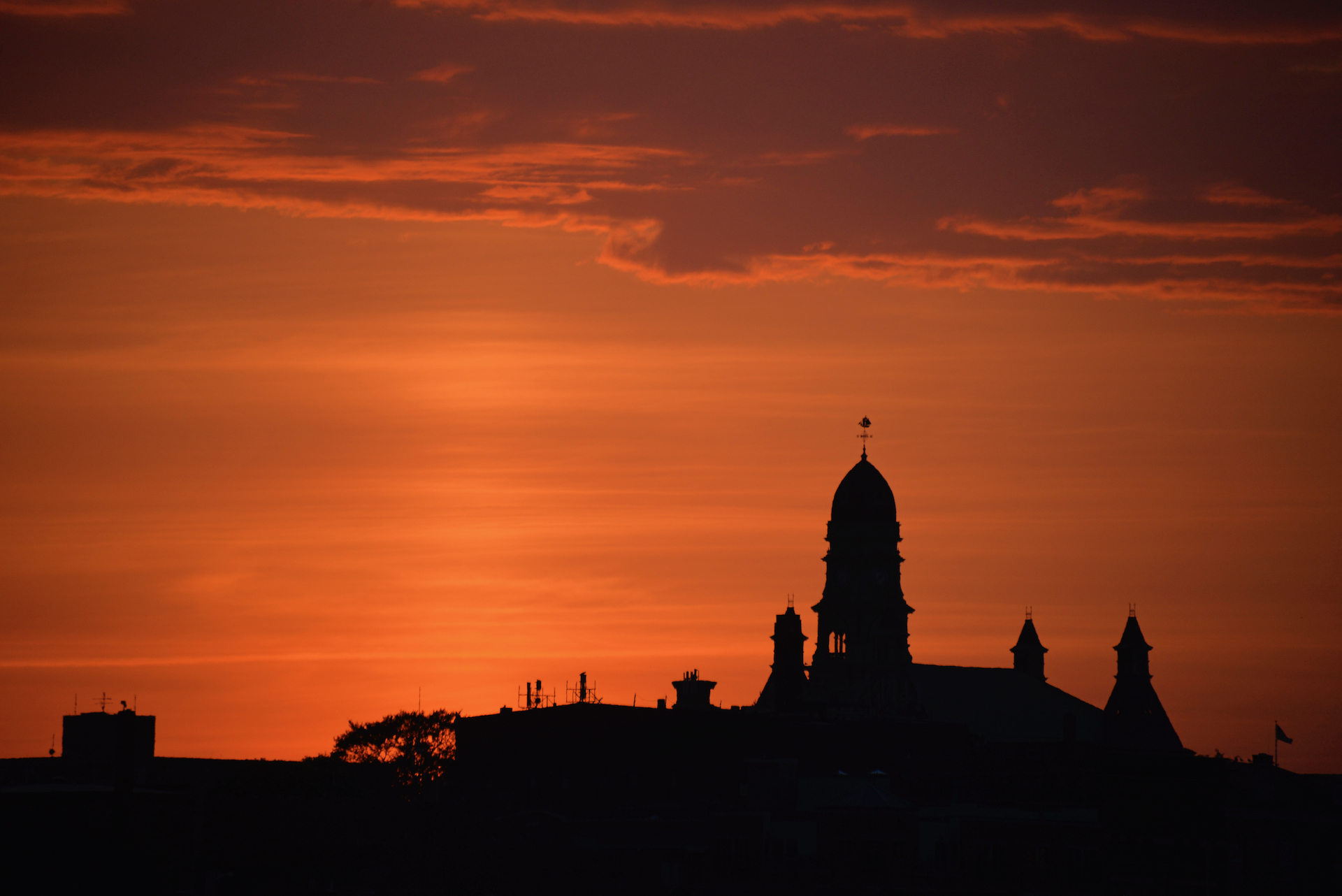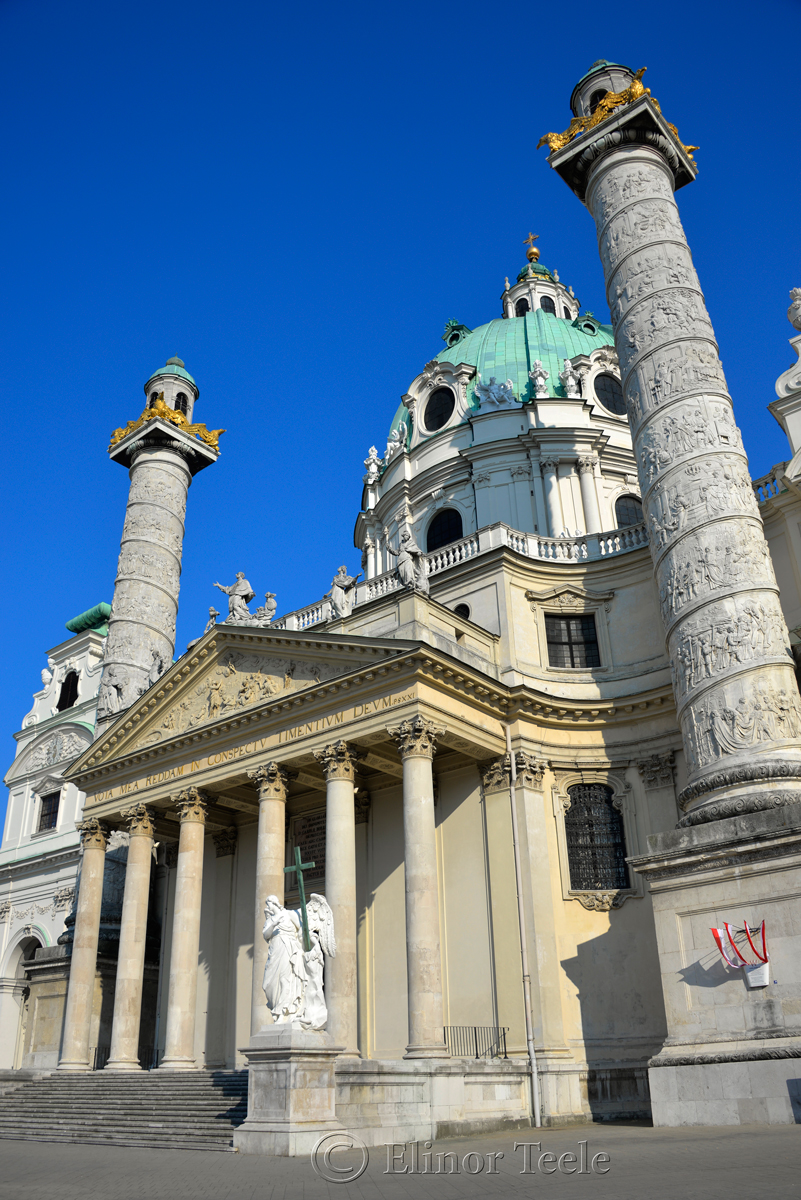Although he never lived to see the Karlskirche finished, Johann Bernhard Fischer von Erlach can’t have been too unhappy. For this is the man who created the Austrian National Library, the Schloss Klessheim, the Winter Palace of Prince Eugene of Savoy, and the Collegiate Church in Salzburg. Born in Graz in A.D. 1656, Fischer von Erlach seemed to have left his mark on almost every piece of Austria, including gardens, mausoleums, and plague columns.
Picture, then, a 16-year-old boy heading south on the road out of Graz. In the Roman workshop of Johann Paul Schor, the young Styrian encounters an artistic hero – Gian Lorenzo Bernini – and learns the finer points of sculpture, metalworking, and architecture. After a sojourn in Naples, Fischer von Erlach returns to Austria at the age of 31.
Fame soon follows. He becomes the court architect of Joseph I, combining his knowledge of Italian Baroque with inspiration from styles he spots in England, Prussia, Venice, and the Netherlands. During a lull in his later career, he writes the Plan of Civil and Historical Architecture, which showcases works from antiquity. He includes not only Roman and Grecian works, but Islamic and Oriental buildings as well.
Finally, courtesy of the plague, Fischer von Erlach is given the chance to create his pièce de résistance – a church that mashes all of his international ideas into one temple of Austrian magnificence. There is a Greek temple entrance, Trajan’esque columns, Baroque pavilions, and a mighty crown. Like Hagia Sophia, St. Paul’s, St. Peter’s Basilica, and the Pantheon, this is meant to be a dome without peer.
Unfortunately, it’s not quite the dome Fischer von Erlach envisioned. Since the great man died before the Karlskirche was completed, his son, Joseph Emanuel Fischer von Erlach, was left to finish the top. The younger Fischer von Erlach modified and shortened the original plans. So if the dome looks a bit stunted to you, you’re not crazy.
Further Reading:
- The 17th and 18th Centuries: Dictionary of World Biography, Volume 4 by Frank N. Magill (see pp. 473-475).

